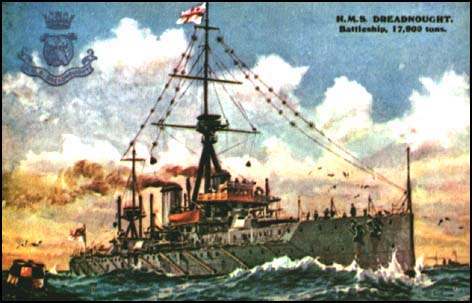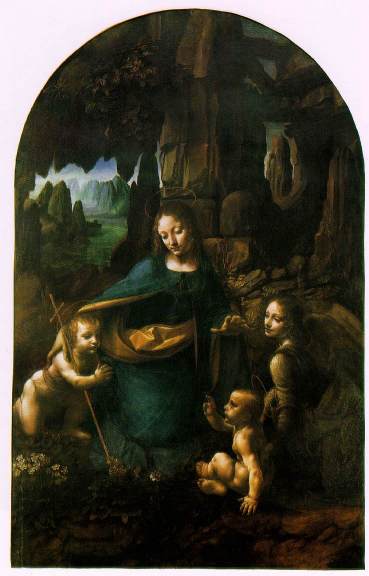The plainly readeable clue "Smithy code" is embedded mostly in the Introduction section, on page 5 of the 71 page PDF file. The coded message started with the letter J in paragraph 8 of section 2 entitled "The Claimants."
All in all, the court opinion is a good and compelling read so I enjoyed it quite a bit. However, it was not easy to concentrate on the entire content while searching for his embedded codes, one hidden letter at a time.
The supposedly last letters are found in paragraph 43 - 44 on page 13 of 71 pages.The last z was not found, instead, I found an "i" in paragraph 46.
After getting some serious eye strains, this is what I found:
JAEIEXTO TGPSACGREAMQWFKADPMQZVI
I could not find a missing supposedly "S" that must come between the "O" and the "T" lest the entire message is but a jumble. Applying the Fibonacci key sequence, the message should be decoded to read:
JAFKIEFISTHRWHOAREBOUDREADQOUGHC
What is going on here? Who is the sloppy party in all this? The media reports that the solution is suppposed to read:
JACKIE FISHER WHO ARE YOU DREADNOUGHT
London lawyer Dan Tench and The Times newspaper on Friday this week both claimed to have solved the riddle hidden in the ruling in "The Da Vinci Code" copyright lawsuit.
It reads: "Jackie Fisher who are you Dreadnought."
The judge himself issued a statement that made to print, affirming that "there is a deliberate typo to create further confusion." I am not sure about that. It may be just this coding business is too high tech for a judge. Or perhaps his clerk, when asked to insert weird bold and italicized characters in a haphazard manner into a solemn court opinion, freaked out and did not do a good job.
Judge, your honor, if you really want to encode the foregoing message using the Fibonacci sequence 1 1 2 3 5 8 13 21, the embedded text should have been, exactly:
JABIEXTOSHDPSACGREXMQWFKADMMQZVZ
I am sure this is the right sequence because I did not trust myself, so I cheated and get my computer to do the encoding for me. Trust me, it's correct as above and not as it is widely reported on the internet as the incorrect version seen higher. For those of you who are history buffs...
It was Admiral John (Jackie) Fisher, the First Sea Lord, who was the driving-force behind the development of the Dreadnought that was built at Portsmouth Dockyard between October 1905 and December 1906. The Dreadnought was the most heavily-armed ship in history. She had ten 12-inch guns (305 mm), whereas the previous record was four 12-inch guns. The gun turrets were situated higher than usual and so facilitated more accurate long-distance fire. In addition to her 12-inch guns, the Dreadnought also had twenty-four 3-inch guns (76 mm) and five torpedo tubes below water. In the waterline section of her hull, the Dreadnought was armoured by plates 28 cm thick.

The Dreadnought was the first major warship driven solely by steam turbines.
Now, back to the origin of this royal battle for the mighty greenbacks... the book by Dan Brown himself: The Da Vinci Code. I bought an ebook version of it several years ago, and it is langushing somewhere in my laptop and in another PC in my house. Since I am still waiting to get a decent ebook reader (supposed to be released in April this year) but still nowhere to be found, I need to read it in my laptop, which, incidentally is a pain in the neck. You see, this book is protected so it conspires with my Adobe reader to make things very interesting before I am allowed to peruse it. My favorite ebook reader that I love is the WONDERFUL "Adobe eBook Reader."
Unfortunately, all I get is a cryptic message reporting to me that "an error has occured" when The Da Vinci Code is handed to it. Every time I upgrade my PDF reader to a new version, the alliance between my protected eBooks and my reader is lost, and I would have to do something very traumatic like going to some invisible web site to download some invisible patch to do something "God knows what" to my poor laptop. Then I would have to hunt for my .NET passport account and Oh My God! what was the associated password to reforge the lost alliance. Needless to say, I can never finish reading my protected eBooks because it usually takes me years to finish one book due to these lost alliances. But I managed to finish The Da Vinci Code, and I can tell you that Dan Brown has his shares of making written statements that may not be so easy to substantiate. If you do not believe me, reread (if you have the eBook and know how to open it again) page 138-139 where you can find a discussion about a Leonard da Vinci's painting, the famous "Virgin of the Rocks."

Dan Brown does not agree with most scholars in interpreting the individuals in this painting and their intentions as expressed by their gesture.
Now, you may find it interesting that in our modern "digital everything" days, "we," meaning all of us who can, routinely falsify images, pictures, photographs to satisfy our fun loving free spirit; looking back at these museum paintings, one can also realize that the same practice was carried on hundreds of years ago. While the supposedly "original" painting "Virgin of the Rocks." by the master himself hangs in the Louvres, a copycat version is found in London, with a few additions to the painting such as a cross to identify John the Baptist and a halo over the head of Jesus Christ himself while a hand belonging to angel Uriel has magically disappeared.

Makes one wonder about the "Mona Lisa." Is this all hype? Who really painted the mystic lady with the half smile? Does that painting have any hidden "stegano" text to be discovered some day? Of course, I sometime embed hidden text in my digital photos but they can never be decoded because I do not keep a good record of my keys. Too many passwords and too little time to encode them in a safe place...
You now can clearly see where I am heading...This blog cannot end without my own coded parting words, so here they are...
THDPABGGFIQCXNFTINFGJFMNEAQR
ANCRDXDARPKCSTHKRKDCLLFANNHLCNDZHEGGHE
Same scheme, same key so they are practially given away already... as good as open text. Finally, below is a bonus, a well known ancient coding method wrapped inside Fibonacci, hiding the magic words from a master movie maker:
ASZLELWSASZ
Absolutely one of my most favorite!



